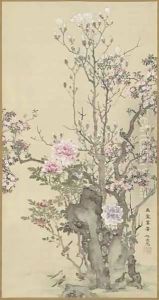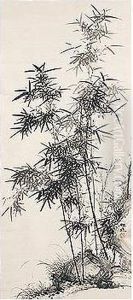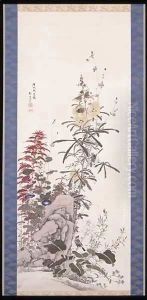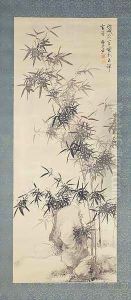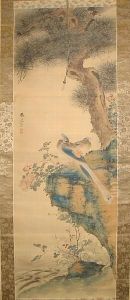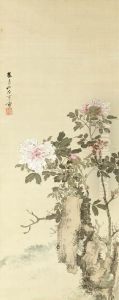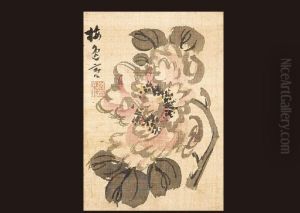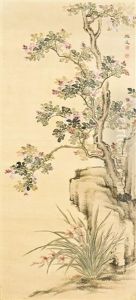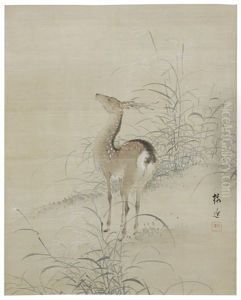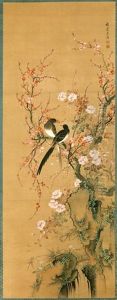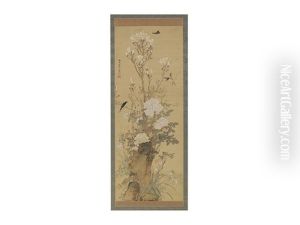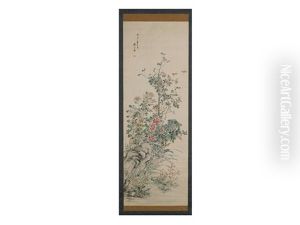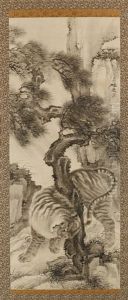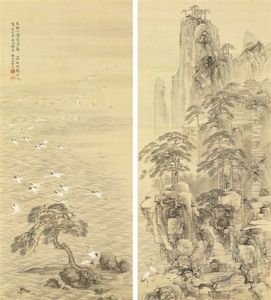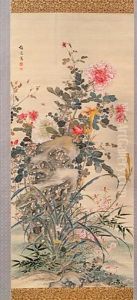Yamamoto Baiitsu Paintings
Yamamoto Baiitsu was a prominent Japanese artist, known for his exceptional contributions to the world of painting, particularly within the Nanga (Southern School) tradition of Japanese painting. Born in Nagoya, in the heart of Japan in 1783, Baiitsu was a pivotal figure in the late Edo period, a time characterized by both cultural fluorescence and the beginning of significant societal shifts that would lead to the Meiji Restoration.
Baiitsu's artistic journey was marked by a profound dedication to the study of nature, which deeply influenced his works. He was particularly renowned for his intricate and vivid representations of landscapes and flora, often imbued with a sense of serenity and depth that reflected his philosophical meditations on the natural world. Unlike many artists of his time, Baiitsu engaged deeply with his subjects, spending extensive periods in contemplation and study of the landscapes and natural elements he sought to depict. His paintings, therefore, were not mere representations but were considered insightful explorations of the essence of nature itself.
Throughout his career, Baiitsu nurtured relationships with other artists and intellectuals of his time, engaging in the rich cultural exchanges that were a hallmark of the vibrant artistic community of the Edo period. His works were not only celebrated for their aesthetic beauty but also for their embodiment of the ideals and philosophies of the Nanga school, which emphasized spontaneity, simplicity, and a harmonious blend of poetry, calligraphy, and painting.
After his death in 1856, Yamamoto Baiitsu's legacy continued to influence generations of artists. His approach to painting and his philosophical outlook on the relationship between art and nature have been subjects of study and admiration. Baiitsu's work remains a testament to the enduring appeal of the Nanga tradition and its relevance in the broader context of Japanese art history. His life and artistry encapsulate a period of Japanese culture that was deeply introspective yet dynamically engaged with the natural world, making him a pivotal figure in the annals of Japanese art.
